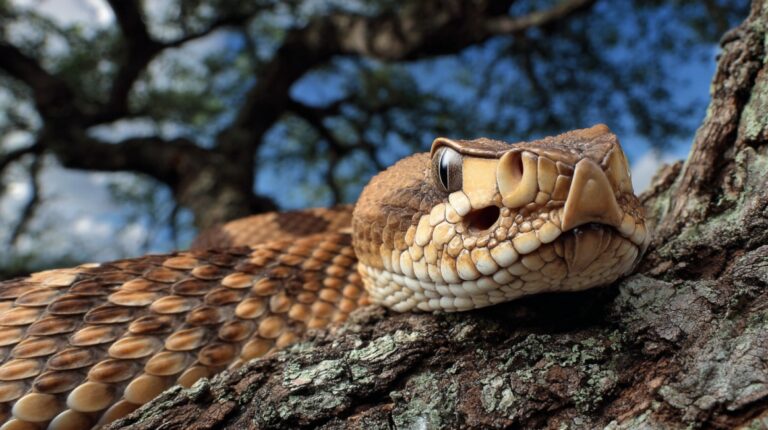Texas covers immense territory, stretching across varied climates and terrain that range from sunbaked deserts to humid coastal plains.
Grasslands ripple across the interior, wetlands teem with aquatic life, and countless rivers and lakes carve through its vast expanse.
Each of these environments supports a wide range of wildlife, and while many animals are harmless or even beneficial, some pose genuine danger.
Encounters with venomous reptiles, aggressive mammals, or disease-carrying insects are not uncommon for residents and visitors.
Those who hike, fish, hunt, farm, or simply spend time outdoors must be aware of potential hazards, not just for personal safety but for the protection of pets and livestock as well.
10. Western Diamondback Rattlesnake
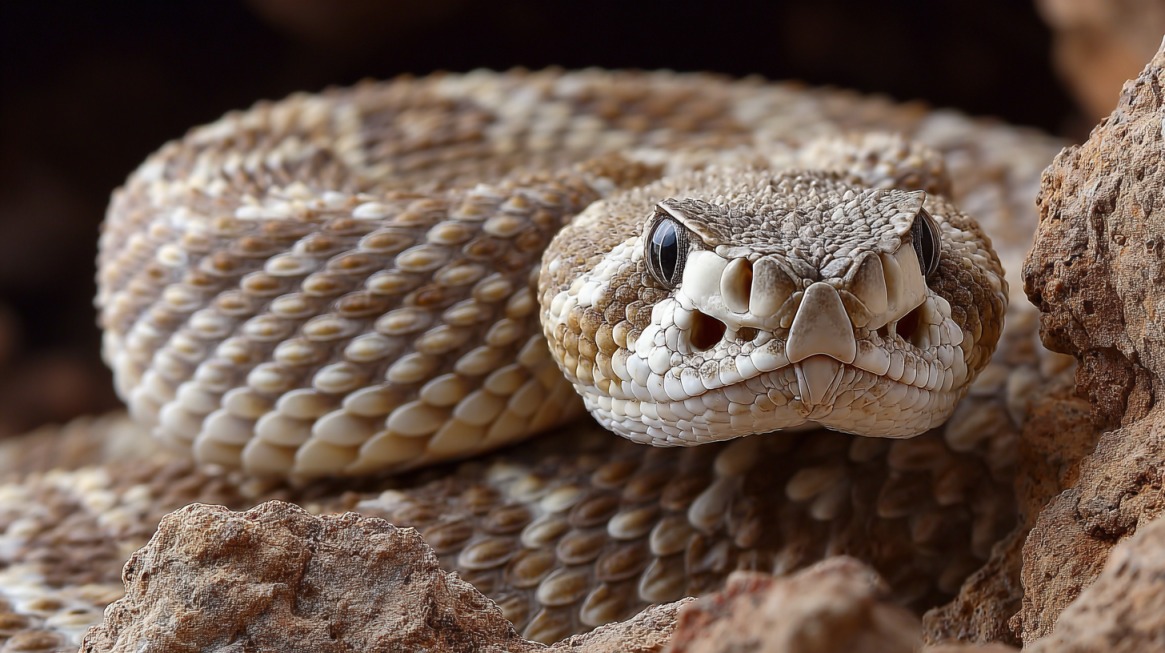
Western Diamondback Rattlesnakes are among the most iconic and feared reptiles in Texas. Recognizable by the bold diamond-shaped pattern along the back and the unmistakable rattle, they are highly venomous and will defend themselves when threatened.
The venom contains a potent mix of toxins that can cause severe tissue damage, internal bleeding, and, without treatment, death.
These snakes do not limit themselves to untouched wilderness; ranchers often encounter them near barns, water troughs, or along fence lines, while suburban residents occasionally find them sunning in backyards.
- Where it lurks: Deserts, rocky slopes, grasslands, ranch properties, and sometimes in developed neighborhoods.
- Key characteristics: Triangular head, patterned scales, rattle at the tail, heat-sensing pits on the face, average length between 3 and 5 feet.
- Safety tip: Wear sturdy boots when walking through tall grass or rocky areas, and use a flashlight when outdoors at night.
9. Black Widow & Brown Recluse Spiders
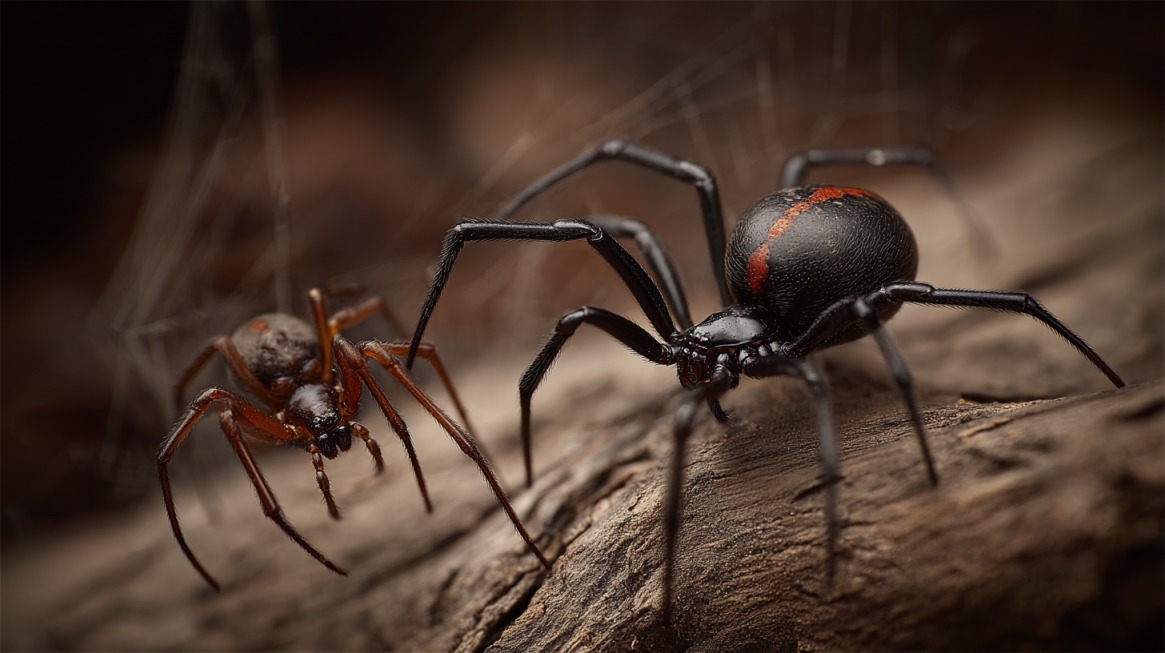
Two spiders in Texas are responsible for most venomous bites: the Black Widow and the Brown Recluse.
The Black Widow’s neurotoxic venom can cause muscle cramps, sweating, nausea, and weakness, while the Brown Recluse’s necrotic venom can result in severe skin lesions and secondary infections.
These spiders thrive in undisturbed, sheltered spots and often live closer to human activity than people realize.
Woodpiles, storage sheds, and the undersides of outdoor furniture are common hiding places.
- Where they lurk: Basements, sheds, under tree bark, inside stacked firewood, and within old furniture.
- Key characteristics: Black Widow females are shiny black with a red hourglass marking on the underside of the abdomen; Brown Recluse spiders are light to dark brown with a violin-shaped marking on the back.
- Safety tip: Always wear gloves when moving stored items or working in crawl spaces.
8. Texas Red-Headed Centipede
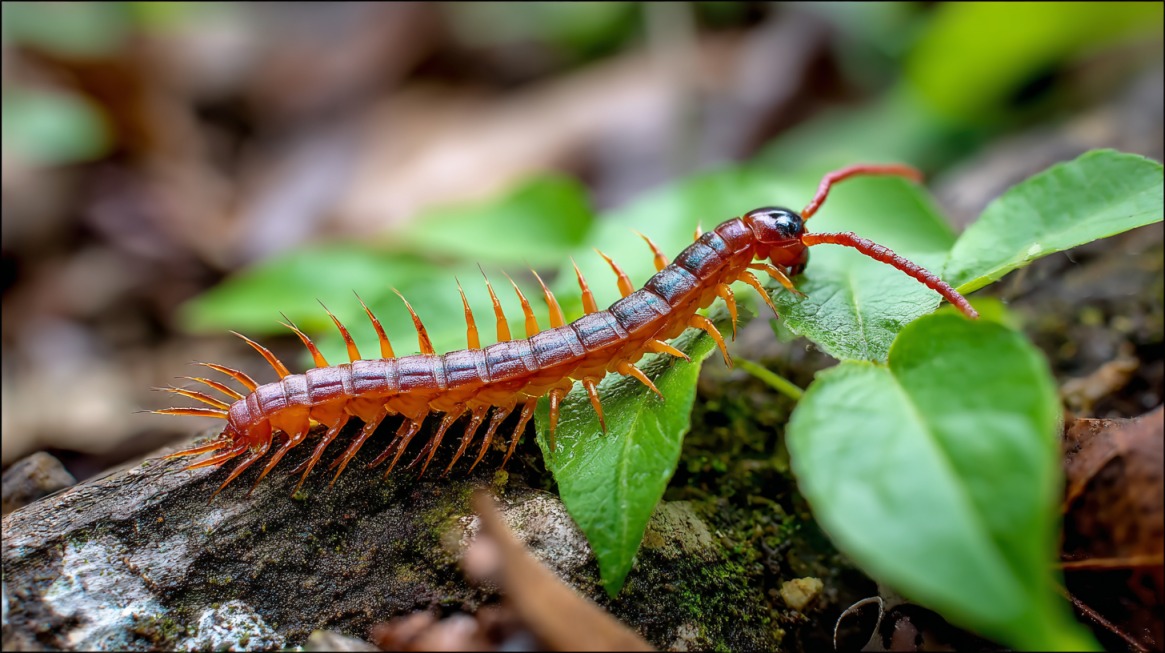
Large, colorful, and aggressive when cornered, the Texas Red-Headed Centipede is a predator that hunts insects, small lizards, and even rodents.
Its venomous bite is not lethal to humans but can cause intense localized pain, redness, swelling, and in some cases, dizziness or nausea.
Reaching up to 8 inches in length, it is often startling to encounter.
- Where it lurks: Moist, shaded areas under rocks, logs, and leaf litter, with the highest concentration in Central Texas.
- Key characteristics: Bright red head, long yellow legs, elongated segmented body with dark brown to black coloration.
- Safety tip: Avoid turning over rocks or logs without gloves, especially in warm months.
7. Feral Hogs
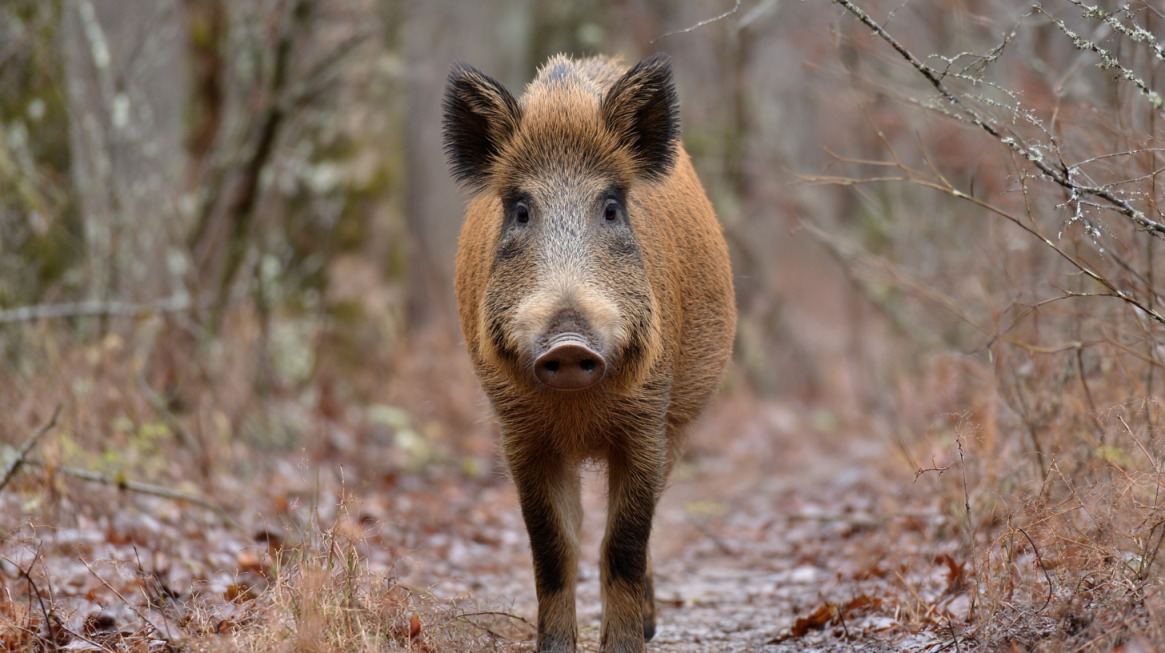
Feral hogs are a growing problem across Texas, both ecologically and as a public safety concern.
Weighing anywhere from 100 to over 400 pounds, they are highly destructive, rooting up crops, damaging soil, and outcompeting native wildlife.
Aggressive behavior is common when they feel cornered, and their tusks can cause deep lacerations. They can run surprisingly fast and are often encountered unexpectedly by hunters or farmers.
- Where they lurk: Rural farmland, wooded areas, river bottoms, and grasslands in East, South, and Central Texas.
- Key characteristics: Muscular build, coarse hair, sharp tusks, nocturnal foraging habits.
- Safety tip: Do not attempt to corner or capture a feral hog without professional assistance.
6. Africanized “Killer” Bees
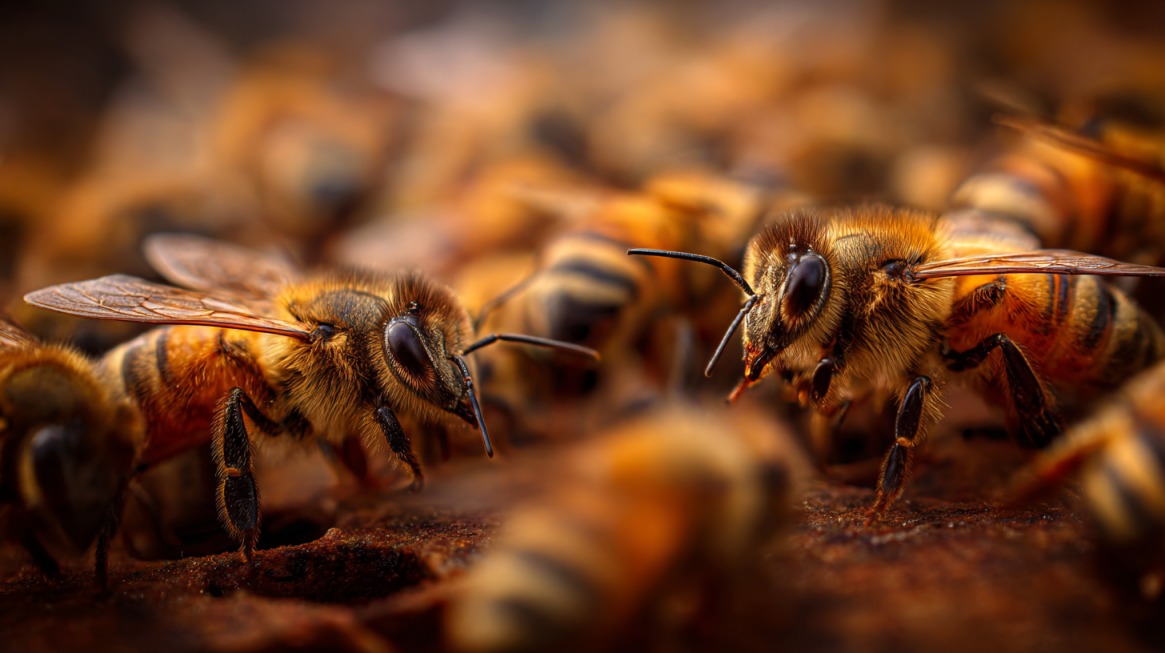
Africanized honeybees have earned their nickname for their aggressive swarming behavior.
While their venom is no stronger than that of other honeybees, they attack in far greater numbers and chase perceived threats for long distances.
Nest disturbances, even accidental ones, can trigger an overwhelming assault.
- Where they lurk: Wall voids, abandoned vehicles, tree cavities, and beekeeping boxes in both rural and urban settings.
- Key characteristics: Slightly smaller than European honeybees, indistinguishable without close inspection, highly defensive behavior.
- Safety tip: If attacked, run in a straight line to shelter, protecting your face and eyes.
5. Alligators
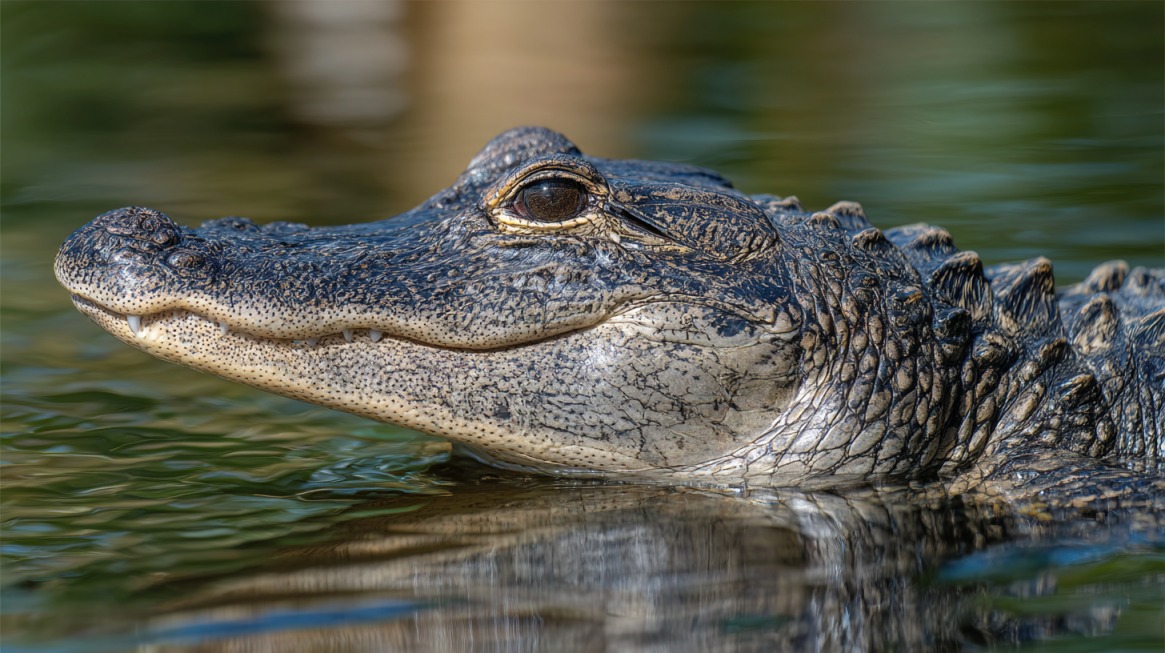
American alligators in Texas are formidable predators, capable of swift bursts of speed on land and in water.
While generally avoiding human contact, they can become dangerous if fed or approached. Attacks can be fatal, particularly if the victim is pulled underwater.
Spring and summer are their most active periods, especially during mating and nesting seasons.
- Where they lurk: Freshwater marshes, lakes, slow-moving rivers, and coastal wetlands in East and Southeast Texas.
- Key characteristics: Broad, rounded snout, armored scales, powerful tail, rows of sharp teeth.
- Safety tip: Keep a wide berth from water edges in known alligator habitats, especially when fishing or walking pets.
4. Fire Ants
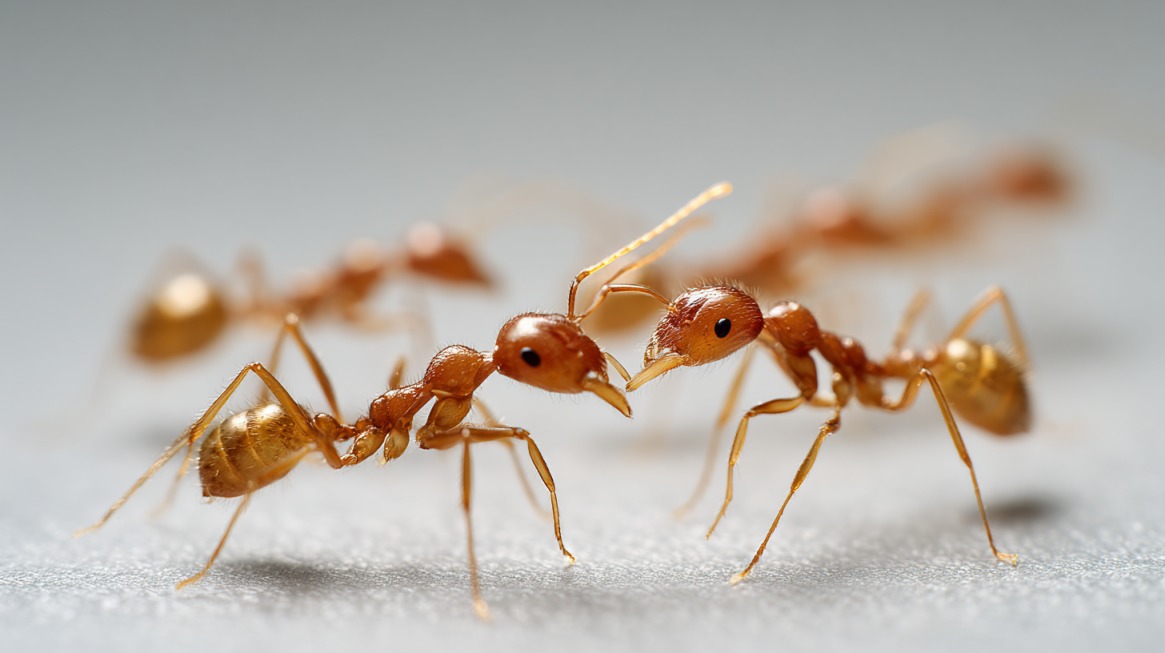
Small but notorious for their painful sting, fire ants swarm aggressively when their mound is disturbed.
Their venom causes burning pain followed by itchy pustules, and in severe allergic reactions, stings can lead to anaphylaxis.
Colonies are dense and can infest lawns, playgrounds, and agricultural fields.
- Where they lurk: Moist soil in sunny areas, including pastures, parks, gardens, and roadside shoulders.
- Key characteristics: Reddish-brown coloration, aggressive group defense, mound-building behavior.
- Safety tip: Avoid lingering near mounds and treat infestations promptly with proper pest control methods.
3. Aedes Mosquitos

Aedes mosquitoes are among the most concerning disease vectors in the state, spreading illnesses such as:
- Zika virus
- Dengue fever
- Yellow fever
These aggressive daytime feeders are drawn to human scent and body heat.
Their ability to breed in even small amounts of stagnant water makes them common in residential neighborhoods after rain.
- Where they lurk: Flower pots, clogged gutters, discarded tires, puddles, and natural wetland pools.
- Key characteristics: Small size, black body with white markings, quick darting flight.
- Safety tip: Empty and clean any containers that collect water to reduce breeding sites.
2. Asp Caterpillar (Flannel Moth Larvae)
The asp caterpillar is deceptively soft in appearance, with a furry coat hiding venomous spines.
Contact can cause excruciating pain, skin irritation, and swelling, and in some cases, nausea and fever.
Gardeners and children are particularly at risk due to its harmless appearance.
- Where it lurks: Shade trees, hedges, and garden plants in residential areas.
- Key characteristics: Thick, fur-like setae in shades of brown, gray, or tan; small, oval body shape.
- Safety tip: Avoid touching any caterpillar with dense, fuzzy hair and teach children to do the same.
1. White-Tailed Deer
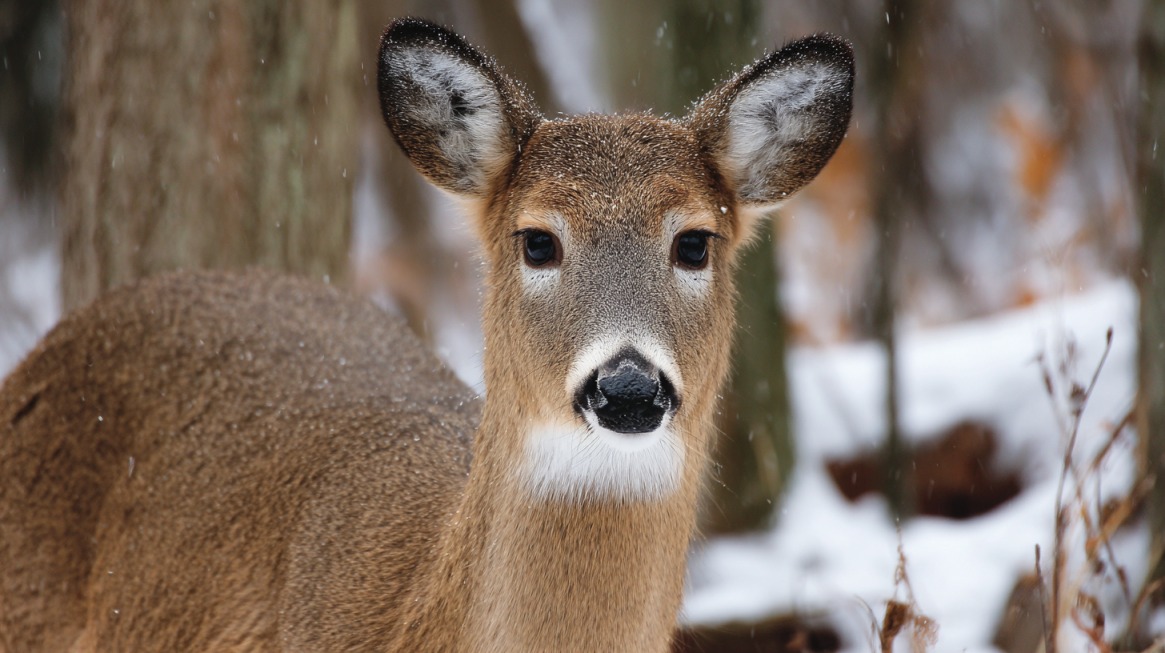
White-tailed deer are responsible for thousands of vehicle collisions annually in Texas, resulting in property damage, injuries, and fatalities.
Activity peaks during mating season in the fall, with increased movement at dawn and dusk.
Their unpredictable crossing patterns make them a hazard to drivers in rural and suburban areas.
- Where they lurk: Forest edges, pastures, and roadside clearings throughout the state.
- Key characteristics: Light brown coat, white underside of the tail, slender build, keen senses.
- Safety tip: Reduce speed in deer-crossing zones and remain alert for sudden movement.
Summary
Wildlife in Texas is as varied as the terrain it inhabits, and while many creatures avoid human contact, some can cause harm if provoked or accidentally encountered.
Knowing the habitats and behaviors of dangerous species greatly reduces the risk of injury.

